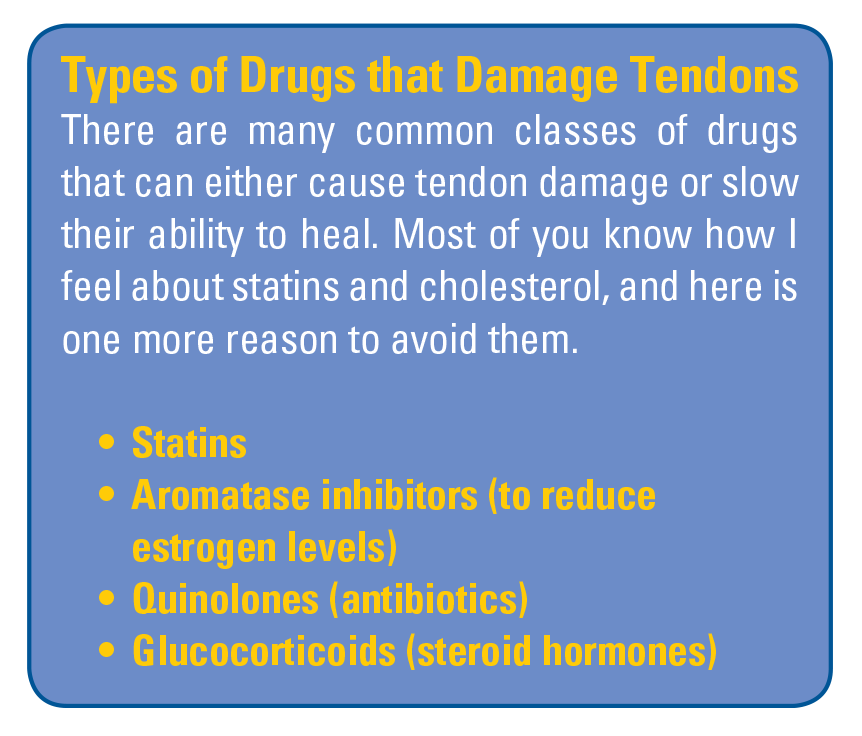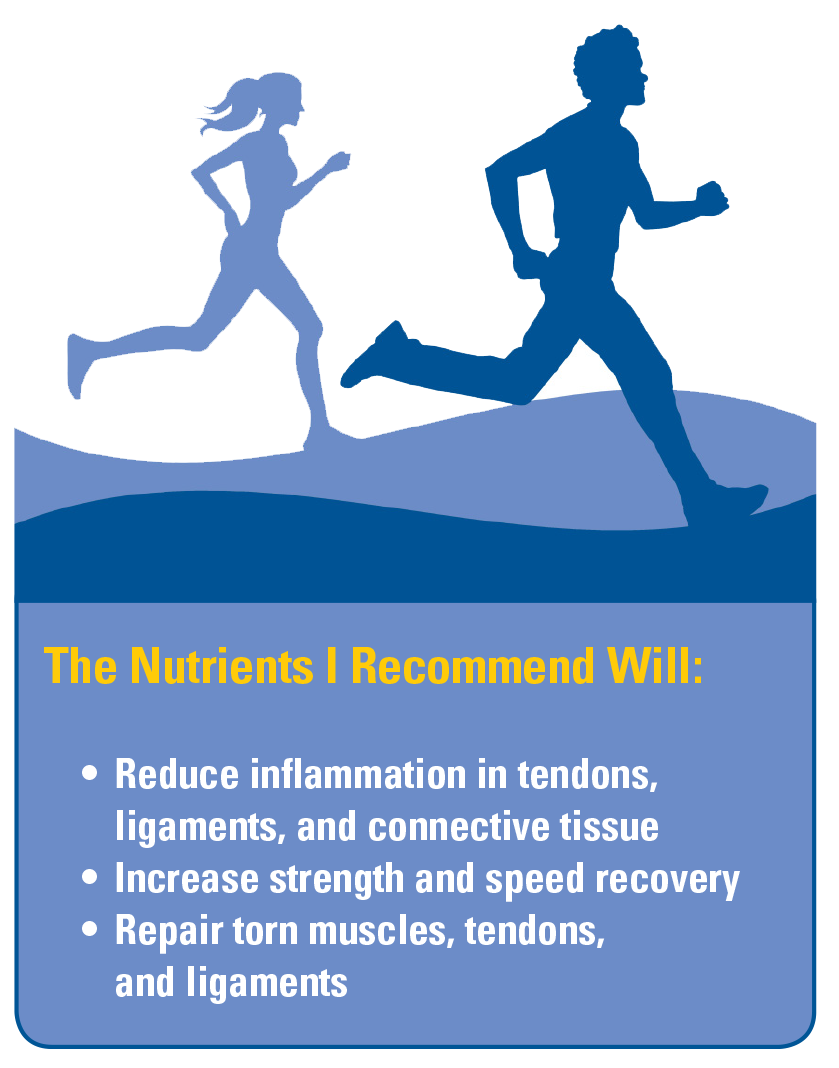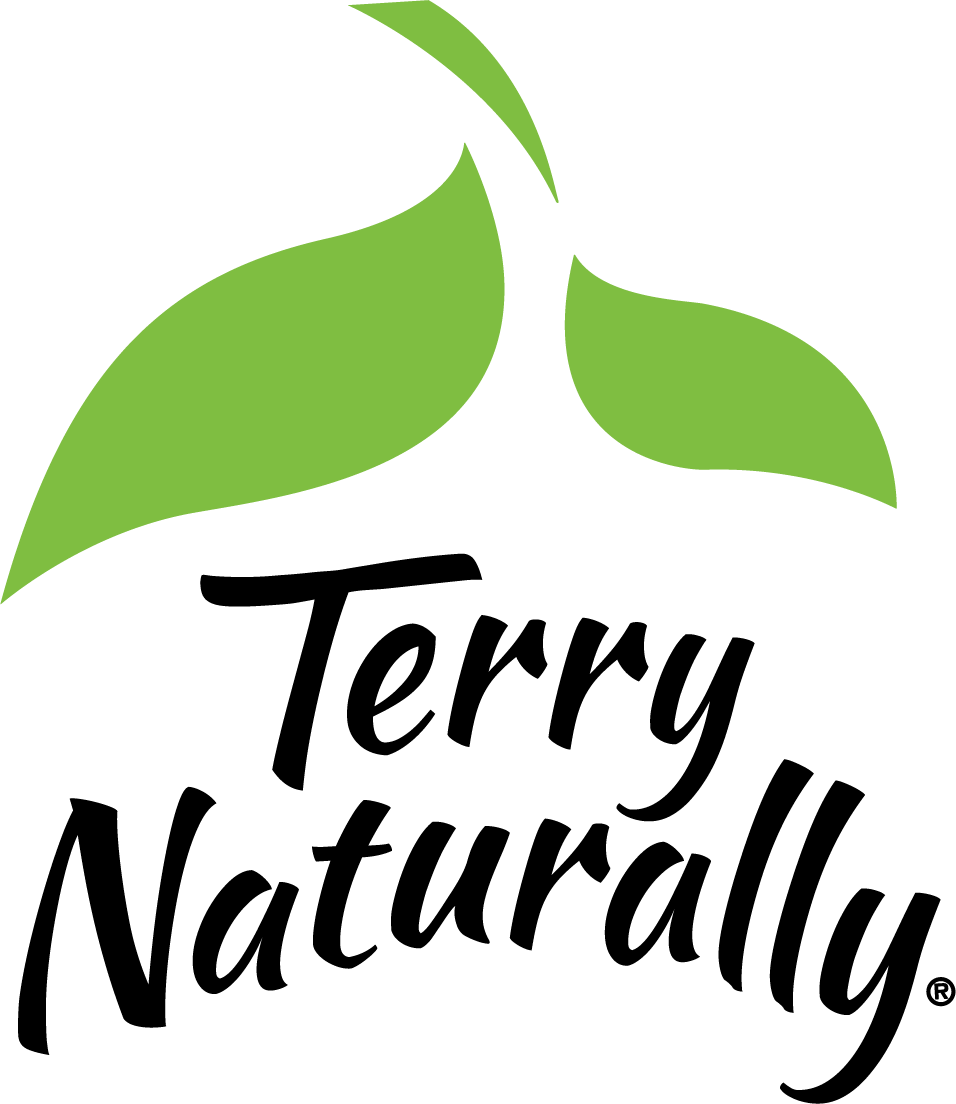In this article, we’ll look at ingredients that support those unsung heroes of an active lifestyle, whether you’re riding a bike, raking leaves in your backyard, or dealing with carpal tunnel syndrome or tennis elbow from repeated tasks at work.
What are tendons and ligaments?
Tendons are tough bands of tissue. Tendons are important—you couldn’t move without them. These are the connectors between your muscles and bones. They help you walk, dance, jump, lift objects—even raise a cup to your lips. Tendons are not elastic—they are anchors, and when your muscle contracts, the tendon pulls the bone into place. Ligaments, on the other hand, connect bone to bone, and are elastic.

The two categories of common problems with tendons and ligaments are inflammation and injury, which can occur separately or simultaneously. Some of the problems you may have heard of are tendonitis, tennis elbow, carpal tunnel syndrome, anterior cruciate ligament (ACL) injuries, ruptured Achilles’ tendon, plantar fasciitis, rotator cuff tendonitis, and (indirectly) dislocated joints. What you need is a natural ingredient regimen that helps you keep the vital connections of ligaments and tendons strong.

Targeted Vitamins, Minerals and Herbs
Boswellia is a traditional botanical that does an excellent job relieving pain and inflammation. However, not all boswellia extracts are the same. The best is low in β-boswellic acid (which interferes with beneficial activity) and has higher levels of acetyl-11-keto-β-boswellic acid, or “AKBA”, to really boost the effectiveness of the extract. Pain is definitely a factor in how well your tendons and ligaments will carry you. But a good, high-AKBA boswellia extract has been shown to inhibit the 5-lipoxygenase (5-LOX) enzyme, and reduce the degradation of synovial fluid in the joints.
Bromelain, an enzyme from pineapple, is well known for reducing pain and inflammation, but also has wound-healing applications. We tend to think of “wounds” as something on the outside, like a cut, scrape or bruise, but muscle tissue tears are extremely common, and the stress on our ligaments and tendons need daily repair as well. You’ll feel those muscle tears as pain at first. Bromelain can help relieve that pain, and shorten the duration of the “inflammatory phase” of tissue healing. For people with blunt injuries and bruising, bromelain reduces swelling and pain whether they are at rest or on the move.
Active B Vitamins for Your Active Life
Active B vitamins are in the same form that our bodies create. By supplementing with the same form, you give your body much less work to do. Vitamin B6 as pyridoxal-5-phosphate (P-5-P) and vitamin B12 as methylcobalamin are two essentials for tendons, ligaments, and flexibility.
In foods or most supplements, vitamin B6 is found in one of three forms: pyridoxine hydrochloride, pyridoxal, or pyridoxamine. Inside the body, these forms of B6 have to be converted by the liver to the active form the body needs – P-5-P. So why not just start there instead? By consuming vitamin B6 in the active P-5-P form, conversion is no longer necessary, and the full benefits are available immediately after absorption. This is the best form of B6 for anyone suffering from carpal tunnel syndrome. In fact, using P-5-P can prevent nearly ALL carpal tunnel surgeries, if used consistently when symptoms first begin to appear. It’s an excellent partner to magnesium, which I also recommend for tendon and ligament support.
Vitamin B12 is essential for nerve function, metabolism, energy, and blood pressure health. The best form is methylcobalamin, the active form readily used by the body. Beyond its already impressive list of abilities, it has been shown to rebuild and regenerate damaged sciatic nerves. High dose methylcobalamin shows real promise in treating diabetic neuropathy and, with more research, may actually slow the progress of muscle wasting in Lou Gehrig’s Disease (amyotrophic lateral sclerosis, or “ALS”) as well. I include it in my list because healthy nerve function is important for muscles and muscle health is closely associated with tendon and ligament health. In fact, B12 deficiency interferes with your tendons’ ability to respond to signals, and dampens their reflex.
Niacinamide is a form of niacin that prevents the degeneration of collagen – building block of joint tissue and cartilage -- by reducing the expression of inflammatory cytokines. It may be a substrate for PARP, an enzyme that helps the body’s DNA repair tissues properly.
Vitamin C is crucial for collagen formation after bruises or wounds. As people get older, they can be deficient in vitamin C, stacking the deck against connective tissue repair because any deficiency weakens fibrous material in the body like tendons and ligaments right off the bat. After stressful exercise, or commonly recurring conditions like carpal tunnel, a vitamin C deficiency dramatically slows down the healing process, because vitamin C is essential to reconnecting the intracellular matrix. The ascorbic acid form of vitamin C, (commonly found, and the type I’d recommend) has been the most widely tested. The fact that vitamin C is a powerful antioxidant and fights reactive oxygen species (ROS) that can interfere with healthy muscle, ligament and tendon use is an additional plus to getting this ingredient on board.
Manganese, Magnesium, and Zinc. The best forms of these minerals are amino acid chelated forms bound to glycine. They’re much better absorbed by the body and, in the case of magnesium, aren’t going to give you the same potential intestinal issues (loose stools) that other forms of magnesium can. I consider them to be the gold standard for supplementation.
Magnesium is an essential mineral for tendon and ligament health. First, it helps relax muscles so you don’t get that “tightness” from activity or more recurring concerns like carpal tunnel syndrome. Deficiencies of magnesium, common enough in the diet because of refined foods and “dumbed down” vegetables and fruits grown in mineral depleted soils, can cause muscle cramps and numbness. As an extra bonus, magnesium has synergistic effects with bioactive B6 (P-5-P) and helps to facilitate its biological activities.
Zinc is a required trace mineral for protein synthesis, cell division, and proper DNA synthesis. It helps ensure that any tendon and ligament repair proceeds along the right track to help you get active again, sooner, or to help you stay active in the first place. In models of wounds or tissue stress, zinc concentrations at the site peak after a few days, usually at the time you notice the strain most acutely.
Last, but certainly not least, is the amazing mineral manganese. This may be the most important mineral you will ever take for your tendons and ligaments. In fact, one of the signs of manganese deficiency in the body is weakened tendons and ligaments. Manganese is an essential trace mineral in all forms of life. It activates a wide range of enzymes, and is necessary for building collagen, the major component in tendons and ligaments. Collagen is great at holding on to water, which allows connective tissues with high collagen content to remain hydrated and resilient. Without manganese, the body cannot make any collagen or repair any connective tissue. Because of this, manganese may be the most important nutrient on my list of ingredients for tendon and ligament preservation and repair.
Supplements and Beyond
The nutrients I have outlined can do a fantastic job of helping your tendons and ligaments stay strong and whole, and help repair them when they’re damaged. That is the first part of the equation. The second part has to do with nutrition and lifestyle. Make sure you’re eating foods that don’t cause inflammation and pain. Avoid refined grains and sugar and focus on whole, nutritious proteins, vegetables, and fruits instead. See my article, “Terry’s Traditional Diet” on TerryTalksNutrition.com. And, if your job requires repetitive movement like using hand tools, typing, or sewing, make sure to stop and stretch often enough during the day to let your muscles realign. By making a few simple changes in your routine, and adding ingredients that reduce inflammation while strengthening tendons and ligaments, you will feel a tremendous difference!
To keep tendons and ligaments strong, take 250 mg of boswellia, along with vitamin C, activated B vitamins (B6, B12, and niacin), magnesium, zinc, manganese, and bromelain.
